VERAULT
Veteran Member
So I was going through my cards and I found this apple II card. I thought it was a parallel printer card but when I looked it up, It seems it could be a print server card for sharing multiple printers across many apple II's. Whether its parallel or serial I dont know. It has a couple connection points and jumper blocks but I cant find any documentation on it. The really strange thing is the cardedge connector only has for pins in total making contact with the card slot! Anyone ever heard of the PACEMARK IIEASY PRINT ?

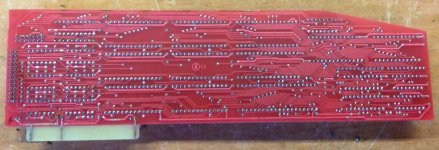
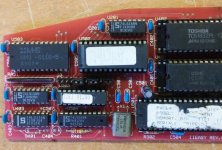
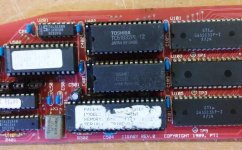

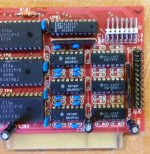
IT didnt come with a ribbon cable and this parallel one I have here fits but I am not sure its correct.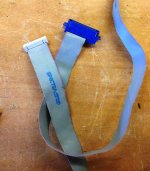
I wanted to try some printing from an apple IIe of mine and this card seemed Ideal, but now I don't know.






IT didnt come with a ribbon cable and this parallel one I have here fits but I am not sure its correct.

I wanted to try some printing from an apple IIe of mine and this card seemed Ideal, but now I don't know.
